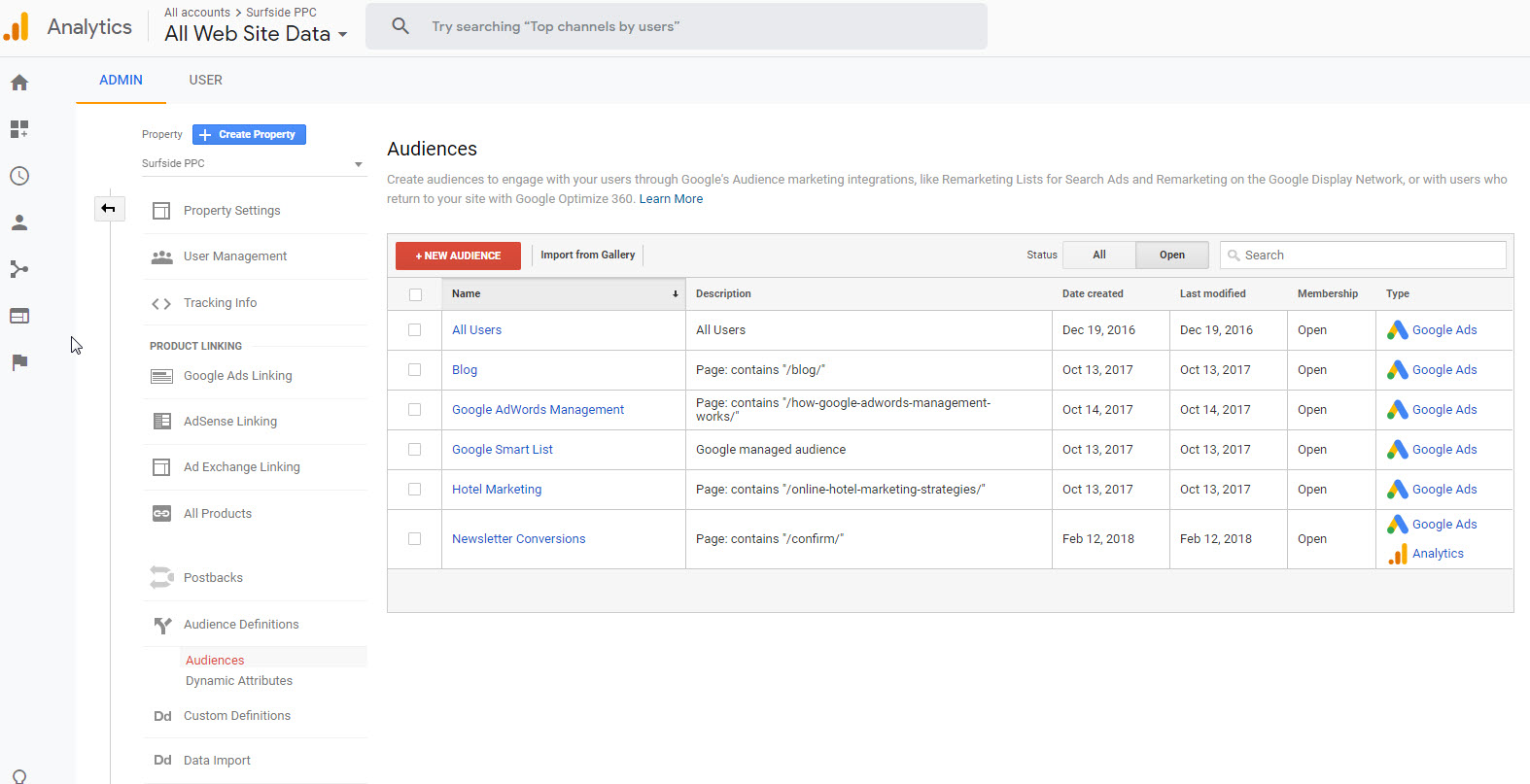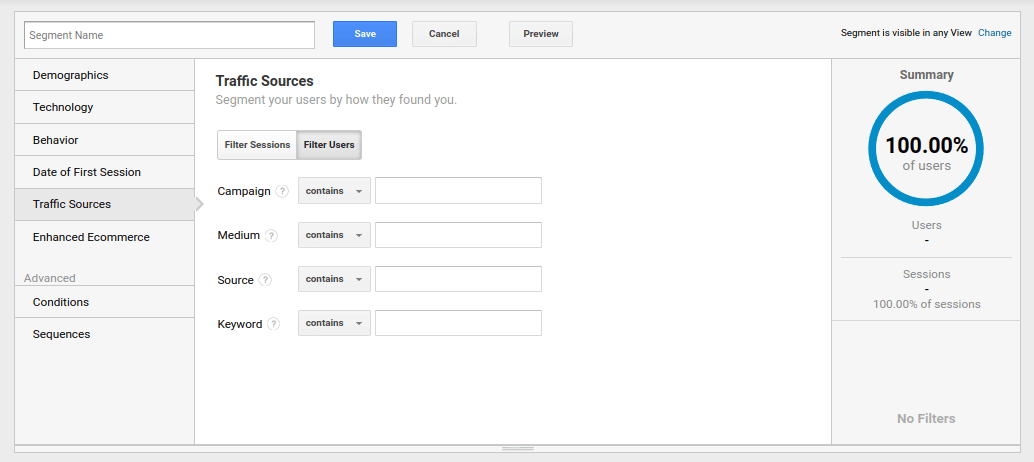Optimizing Your ROI with Remarketing In Google Analytics
Optimizing Your ROI with Remarketing In Google Analytics
Blog Article
Harnessing Remarketing in Google Analytics: A Comprehensive Overview
Using remarketing in Google Analytics supplies services a calculated side in getting to out to possible consumers. The capability to target people who have actually already communicated with your web site presents an one-of-a-kind opportunity for customized advertising and marketing initiatives. By recognizing exactly how to craft target market listings and deploy them effectively, companies can dramatically enhance their conversion rates. The ins and outs of establishing up and enhancing remarketing campaigns require an extensive understanding of target market segmentation and performance evaluation. This overview will shed light on the crucial steps associated with harnessing the complete capacity of remarketing in Google Analytics, resulting in improved advertising end results.
Comprehending Remarketing in Google Analytics
Remarketing in Google Analytics enables companies to tactically target users who have actually previously communicated with their website or mobile app. By leveraging data from Google Analytics, organizations can create personalized remarketing lists based upon individual habits, such as web pages visited, actions taken, or specific goals achieved. This effective device allows organizations to re-engage with individuals that have actually shown rate of interest in their services or items, eventually enhancing the possibility of conversion.
Comprehending the various kinds of remarketing strategies is vital for an effective project - What Is “Remarketing” In Google Analytics?. Google Analytics provides numerous options, including common remarketing, vibrant remarketing, and remarketing checklists for search advertisements (RLSA) Each type offers a special objective and can be customized to meet certain marketing purposes
Moreover, analyzing the performance of remarketing campaigns is crucial for maximizing results. Google Analytics supplies beneficial understandings right into the performance of various remarketing methods, allowing businesses to make data-driven choices and fine-tune their targeting strategy. By continuously keeping an eye on and readjusting remarketing initiatives based upon analytics data, companies can maximize ROI and drive success in their advertising and marketing campaigns.
Establishing Up Remarketing Projects

After setting up audience lists, the next action is to link Google Analytics with Google Advertisements. By connecting these 2 platforms, businesses can perfectly move audience listings from Google Analytics to Google Advertisements for remarketing objectives. This integration enables more accurate targeting and far better campaign efficiency.
As soon as the accounts are linked, organizations can create remarketing projects in Google Advertisements utilizing the audience lists previously specified in Google Analytics. These projects can be personalized with details advertisement creatives, messaging, and bidding process approaches to properly re-engage with previous visitors and drive conversions. By adhering to these actions, companies can utilize the power of remarketing to improve their marketing initiatives and enhance ROI.
Using Audience Segmentation Strategies

Predefined segments in Google Analytics allow you to swiftly analyze usual target market groups fresh users, returning individuals, or users that completed a particular goal on your internet site. Personalized segments, on the other hand, enable you to create unique sections based on particular standards that are necessary to your business objectives. Dynamic remarketing listings automatically readjust based on individual actions, showing customized advertisements to individuals that have communicated with your site visit homepage in specific means.
Analyzing Remarketing Performance Metrics
Upon evaluating the effectiveness of remarketing projects in Google Analytics, the analysis of key efficiency metrics offers useful understandings into target market engagement and conversion prices. By delving into metrics such as click-through rates (CTR), conversion rates, expense per procurement (CERTIFIED PUBLIC ACCOUNTANT), and return on advertisement invest (ROAS), marketing professionals can determine the success of their remarketing efforts. CTR shows the portion of users that clicked the advertisement after watching it, showing the ad's importance and charm. Conversion prices measure the percent of individuals who my company completed a preferred activity, such as making a purchase, after clicking the ad. Certified public accountant discloses the ordinary cost incurred for each conversion, assisting analyze project productivity. ROAS, on the other hand, evaluates the earnings produced for each buck invested on marketing. Assessing these metrics enables online marketers to maximize campaigns, improve audience targeting, and allocate budgets efficiently to boost overall remarketing efficiency.
Maximizing Remarketing Methods
When refining remarketing approaches in Google Analytics, concentrating on target market division is extremely important for attaining project success. By separating your target market into specific segments based on their actions, demographics, or interests, you can customize your advertisements extra effectively to every group. This targeted strategy increases the chance of engaging users who have actually already shown rate of interest in your services or products, causing greater conversion rates.
Another important facet of optimizing remarketing approaches is continuously testing and refining your campaigns (What Is “Remarketing” In Google Analytics?). A/B screening various ad creatives, messaging, or offers can assist you identify what reverberates best with your use this link target market and drives one of the most conversions. By examining the efficiency of these examinations in Google Analytics, you can make data-driven choices to enhance your remarketing initiatives additionally
In addition, leveraging dynamic remarketing can significantly boost your campaign results. This function permits you to reveal tailored ads to individuals based upon their past interactions with your site, showcasing service or products they have actually previously seen. By providing customized web content to individuals based upon their habits and rate of interests, dynamic remarketing can aid raise involvement and drive conversions.
Conclusion
Finally, utilizing remarketing in Google Analytics is a calculated approach to target customers that have formerly involved with a web site. By producing customized audience lists and making use of target market division methods, services can enhance remarketing campaigns for increased conversion prices. Evaluating performance metrics and continually optimizing techniques are important for making the most of the performance of remarketing initiatives.
Google Analytics offers numerous choices, consisting of conventional remarketing, dynamic remarketing, and remarketing listings for search advertisements (RLSA)After setting up audience checklists, the next action is to connect Google Analytics with Google Ads. By connecting these 2 systems, businesses can seamlessly move target market checklists from Google Analytics to Google Advertisements for remarketing objectives.As soon as the accounts are connected, organizations can produce remarketing campaigns in Google Advertisements making use of the target market provides previously specified in Google Analytics.When refining remarketing approaches in Google Analytics, concentrating on target market division is critical for accomplishing campaign success.
Report this page